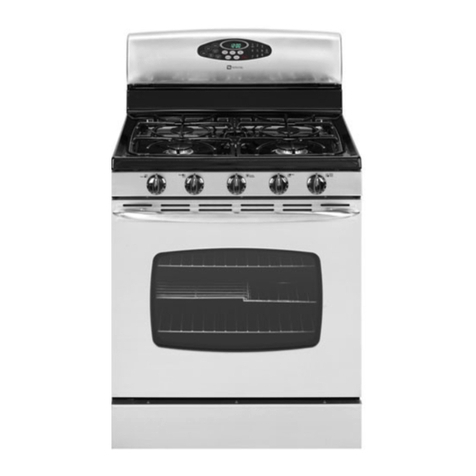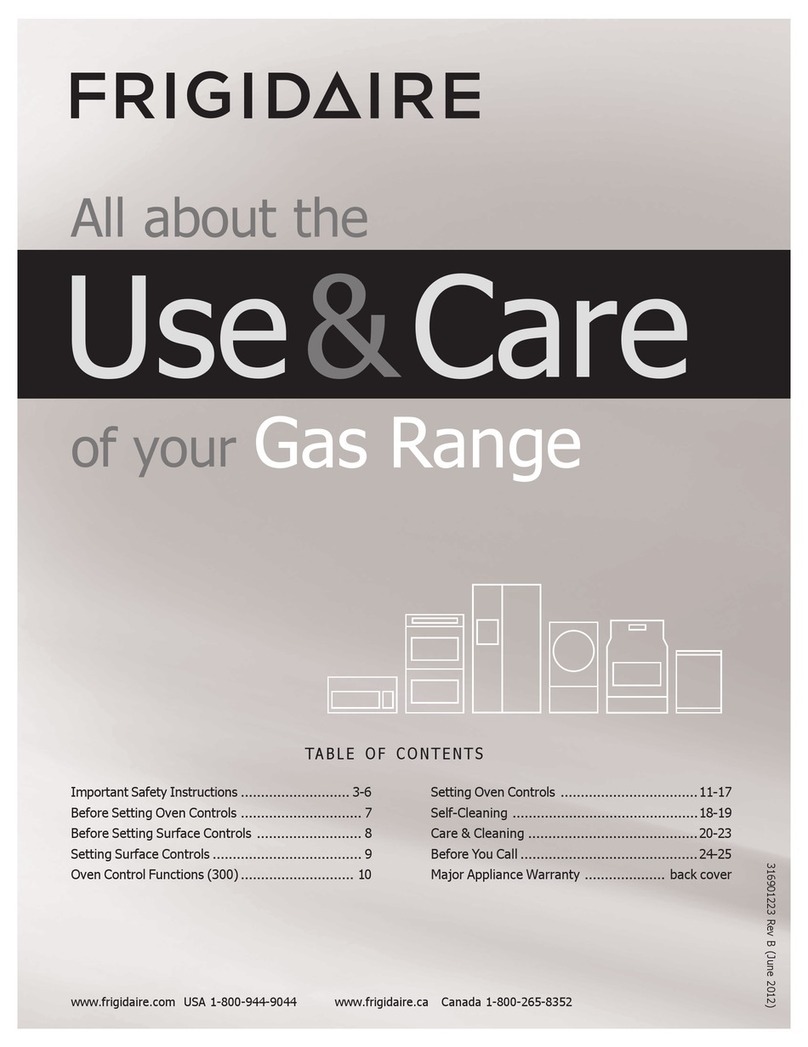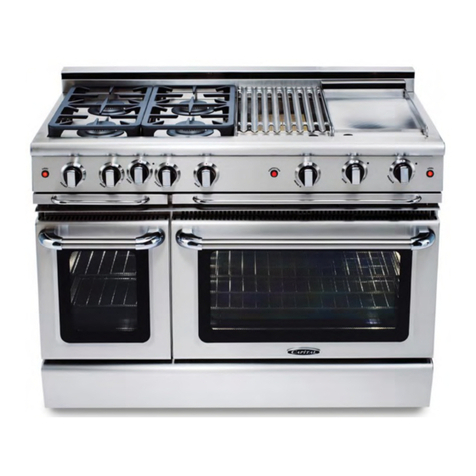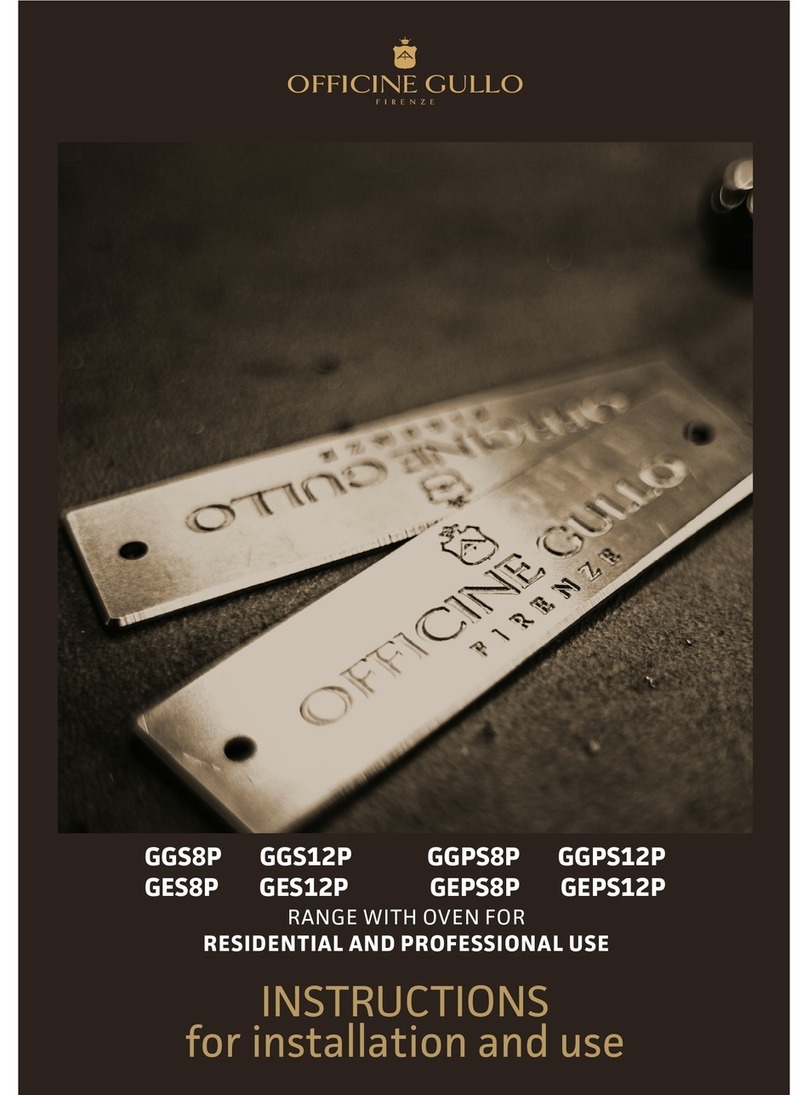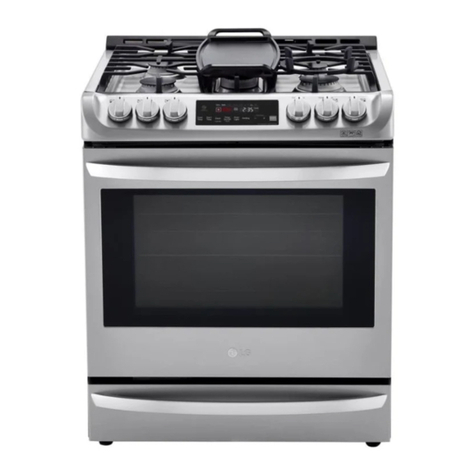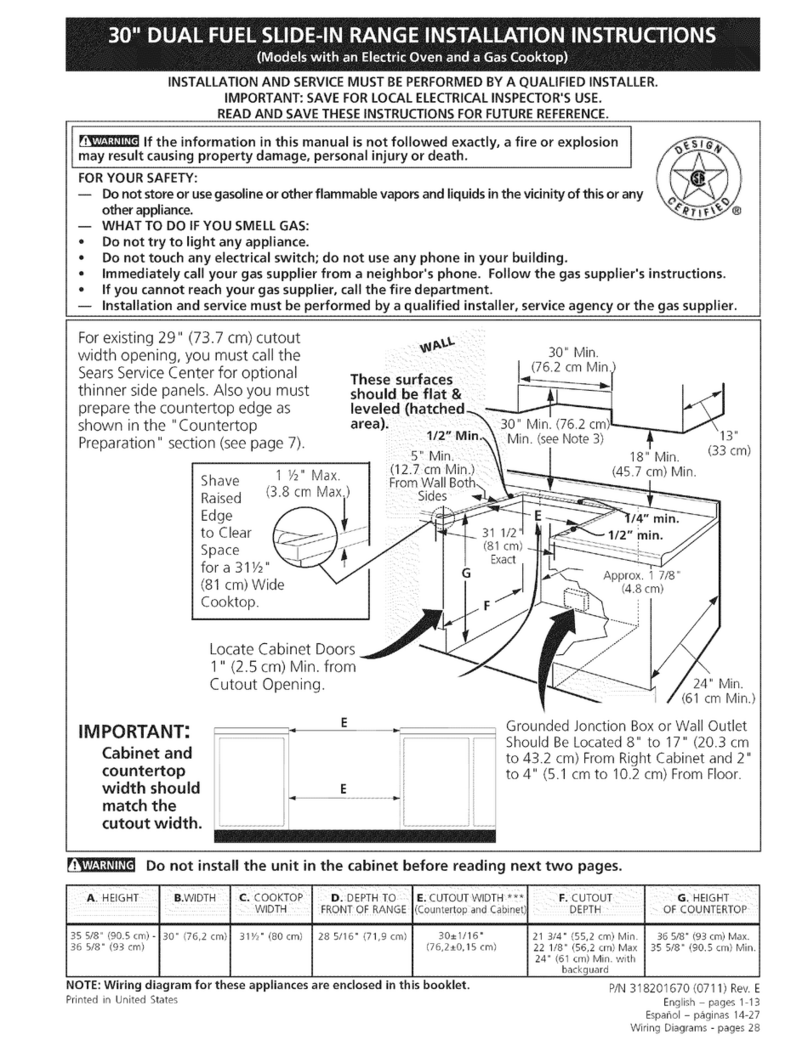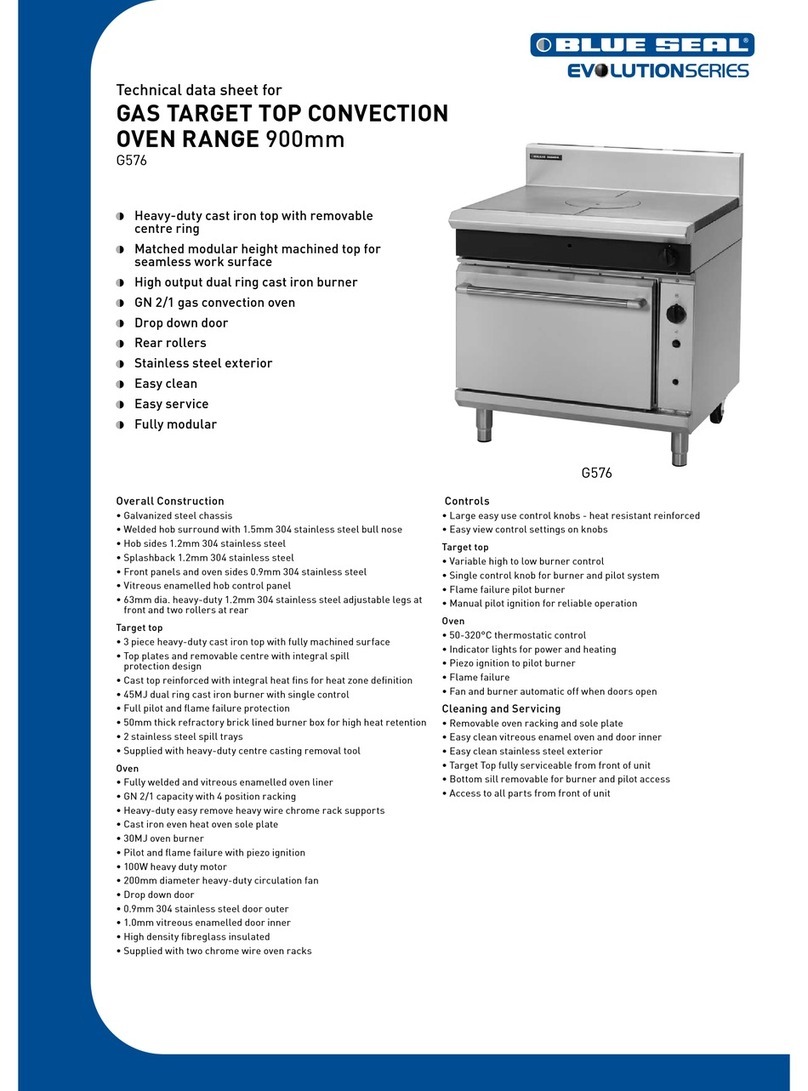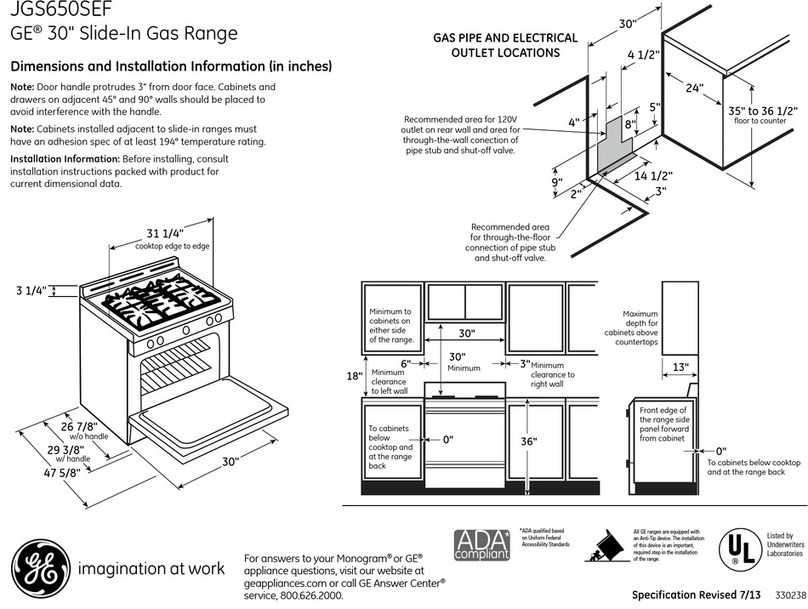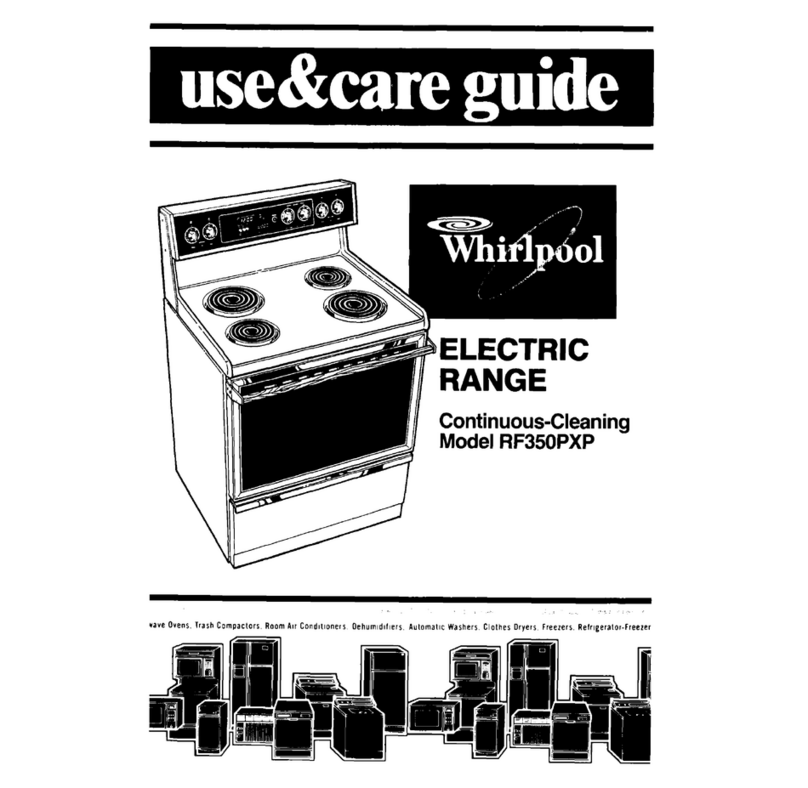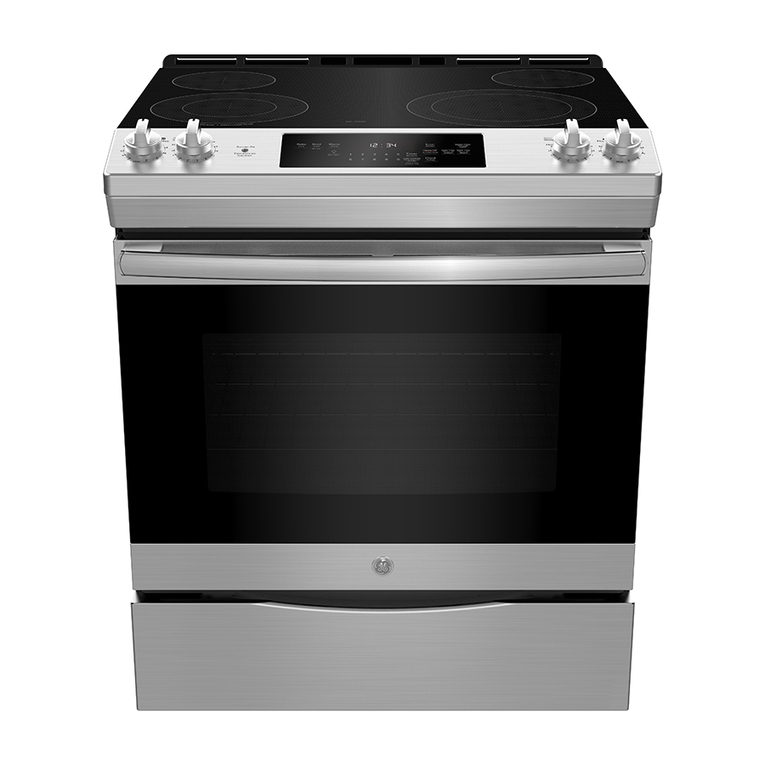
SAFETY INSTRUCTIONS
SAVE THESE INSTRUCTIONS
IMPORTANT SAFETY INSTRUCTIONS
WARNING: When operating this oven, strictly adhere to the following safety precautions to
reduce the risk of burns, electric shock, fire, injury, damage to oven or property near oven, or
possible exposure to excessive microwave energy.
GENERAL SAFETY INFORMATION
a Read all instructions before using this appliance.
a Read and follow the specific “Precautions to be Observed to Avoid Possible Exposure to Excessive
Microwave Energy” found on page ii.
a This appliance must be grounded. Connect only to a properly grounded outlet. See “Grounding
Instructions” on page ii.
a Install or locate this appliance only in accordance with the provided installation instructions.
a This appliance should be serviced by qualified service personnel only. Contact the nearest authorized
service facility for examination, repair, or adjustment.
a Keep the cord away from heated surfaces.
a Liquids, such as water, coffee, or tea are able to be overheated beyond the boiling point without
appearing to be boiling. Visible bubbling or boiling when the container is removed from the microwave
oven is not always present.
.
a : The contents of feeding bottles and baby food jars must be stirred or shaken and the
temperature checked before consumption, in order to avoid burns (IEC 60335-2-90).
a Use this appliance only for its intended uses as described in this manual.
a Only use utensils that are suitable for use in microwave ovens (IEC 60335-2-90).
X use corrosive chemicals or vapors in this appliance; it is not designed for industrial/laboratory use.
X : heat liquids or other foods in sealed containers (e.g., jars, whole eggs, etc.) since
they are liable to explode.
X allow children to use this appliance.
X operate this appliance if it has a damaged cord or plug, is not working properly, or has been
damaged or dropped. See “Power Cord Replacement” found on page ii.
X cover or block any openings on this appliance.
X store this appliance outdoors.
X use this product near water (e.g., near a kitchen sink, in a wet basement, near a swimming pool).
X immerse the cord or plug in water.
X let the cord hang over the edge of a table or counter.
X use a water jet for cleaning. See pages 5-7 in this manual for proper cleaning procedures.
X use this product without the bottom jetplate installed. The oven will not cook properly and
damage to the oven may occur.
X This appliance is not to be used by children or persons with reduced physical, sensory or mental
capabilities, or lack of experience and knowledge, unless they have been given supervision or instruction.
REDUCING FIRE RISK
a Remove wire twist-ties from paper or plastic bags used to facilitate cooking in the oven.
a If materials inside the oven ignite, keep the oven door closed, turn the oven off, and disconnect the
power cord or shut off power at the fuse or circuit breaker panel.
a If smoke is observed, switch off or unplug the oven. Keep the door closed to stifle any flames.
X use the cook cavity for storage purposes.
X overcook food. Carefully attend to the oven if paper, plastic, or other combustible materials are
placed inside the oven to facilitate cooking.
X leave paper products, cooking utensils, or food in the cavity when the oven is not in use.
i
